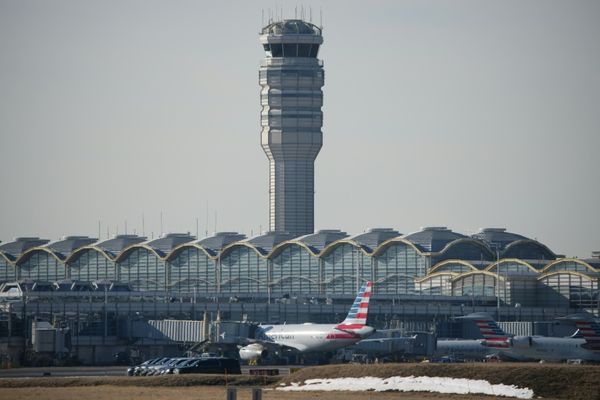
When England was last conquered, by the Dutch in 1688 (an event subsequently reframed by the English as the “Glorious Revolution”), the country was put on a path to constitutional monarchy, even if it took another 230-odd years to become a democracy.
A Catholic authoritarian in James II was removed and replaced with William of Orange, who agreed to a new and, in European terms, relatively untried concept at a national level (as distinct from city-states). He would rule via a political and religious settlement in which a moderate Anglican elite would run the country, and Protestant dissenters would be tolerated — but not Catholics. Religious and political conservatives — adherents of an older order more linked to divine right and intolerance — were driven from power, despite their support among London mobs. And William III, as he became known, got what he wanted: British military power to use in his wars against Louis XIV.
It wasn’t until the slow extension of suffrage to men in the 19th century and to women in 1918 and then 1928 that the tensions within the idea of constitutional monarchy in a democracy became clear. The long reign of Queen Victoria helped to mask those tensions. But along with the advent of true British democracy and the wars of imperialism that dominated Europe, between Victoria’s death in 1901 and Elizabeth’s accession in 1952, there were four monarchs and a major crisis, in the abdication of the vain, Nazi-loving lightweight Edward VIII.
It was in the abdication that the staple of all the commentary of the past 72 hours — Elizabeth’s devotion to her duty — was forged, even if she was just 10 years old at the time. The abdication thrust her father unexpectedly into the role of monarch and, perhaps, contributed to his early death. Besotted by the wife of an American businessman, “David” had failed to do his duty and had let down his family, most of all his younger brother. Elizabeth would never make the same mistake.
The idea of constitutional monarchy, or of any kind of monarchy, becomes problematic in a democracy: from where does political power arise? In the body of the monarch (not their physical body, but the undying body of the sovereign), or in the people?
For 200 years the English, and then the British, could ignore this tension, given the country was ruled by competing factions of a privileged elite, with the knowledge that the idea of democracy was merely paid lip service to. In Australia, founded as a white man’s democracy in an occupied continent, the tension was clear from the creation of the Commonwealth.
Elizabeth’s success was that, through her commitment to duty and her long life, she was able to again suppress the tension. Unlike the rapid-fire succession of male monarchs after Victoria, the length of her reign rapidly became an asset: she became a stable feature in an ever-changing world. She became nostalgia itself, and like the best nostalgia it was for a fiction — one of more certain times, of greater glories and better leaders.
Her other success was to shift the question of where power arose from by becoming the embodiment not of the popular will but of the British population’s self-image. Unable to adequately represent the sovereignty of the British people, she instead represented what British people wanted to be — committed to duty, to family, uncomplaining to the point of taciturnity, a modern incarnation of an ancient tradition. It disguised a fundamental constitutional question under a mask of effective pop psychology.
For Australia, the question itself of “is it too soon to talk republic?” suppresses the same tension. It’s not so much whether it is right for an elderly British man selected by genetics and worth hundreds of millions of pounds to be the ruler of a democratic country, but rather from where power arises in Australia. The controversy over Governor-General David Hurley’s role in the appointment of Scott Morrison to multiple ministries has shone a light on how vague our constitution — a document of Victorian times — actually is in relation to the location and uses of power. And as Morrison showed, that vagueness can be exploited.
The deeper question is where power lies in a country founded on occupation and dispossession. Unlike other former colonies of the United Kingdom, Australia remains a colonial settler country that does not recognise, let alone have a treaty with, its First Nations peoples, the descendants of those invaded, killed and dispossessed in the name of the Crown. The tension between constitution and true sovereignty is doubly tangled in Australia. Whether Charles III is an effective monarch is less important than dealing with the fact that the death of Elizabeth has brought a fundamental question to the surface in a way never before seen here.







